Discover practical tips and expert advice to rescue your overwatered houseplants from the brink, restoring their vibrant life and ensuring their long-term health.
Houseplants bring a touch of nature into our living spaces, adding warmth, color, and a refreshing burst of life to our indoor environments. However, even the most dedicated plant enthusiasts can sometimes overwater their beloved greenery, leading to a host of problems that can compromise the health and vitality of their leafy companions.

Overwatering is one of the most common mistakes made by houseplant owners, and it can have severe consequences if left unchecked. Soggy soil, yellowing leaves, root rot, and fungal growth are just a few of the telltale signs that your houseplant may be drowning in too much moisture.
But fear not, dear plant lover! With a little know-how and some practical interventions, you can revive your overwatered houseplants and restore them to their former glory. In this comprehensive guide, we’ll explore the signs of overwatering, the root causes, and provide step-by-step instructions to help you bring your plants back to life.
Understanding the Signs of Overwatering
Before we delve into the rescue mission, it’s crucial to recognize the telltale signs of overwatering in your houseplants. These indicators can vary depending on the plant species, but here are some common symptoms to watch out for:
- Yellowing Leaves: One of the most visible signs of overwatering is the appearance of yellow or discolored leaves. This is often caused by a lack of oxygen in the soil, which can lead to root damage and impaired nutrient uptake.
- Wilting or Drooping: Contrary to popular belief, wilting or drooping leaves can also be a sign of overwatering. When the roots are waterlogged, they become unable to absorb water and nutrients effectively, leading to a wilted appearance.
- Soft or Mushy Stems: If the stems of your houseplant feel soft or mushy to the touch, it could be a sign of advanced root rot or fungal infection caused by excessive moisture.
- Mold or Fungal Growth: The presence of mold or fungal growth on the soil surface or around the base of the plant is a clear indication that the soil is too wet and lacking proper air circulation.
- Slow Growth or Stunted Development: Overwatered plants may experience slowed growth or stunted development due to the lack of oxygen and nutrient uptake, leading to a general decline in overall health.
If you notice any of these signs in your houseplants, it’s time to take action and implement some rescue measures to prevent further damage and potential plant loss.
Step 1: Stop Watering Immediately
The first and most crucial step in saving an overwatered houseplant is to stop watering it immediately. Continuing to add more water to an already saturated soil environment will only exacerbate the problem and potentially lead to irreversible damage.
Step 2: Check the Soil and Drainage
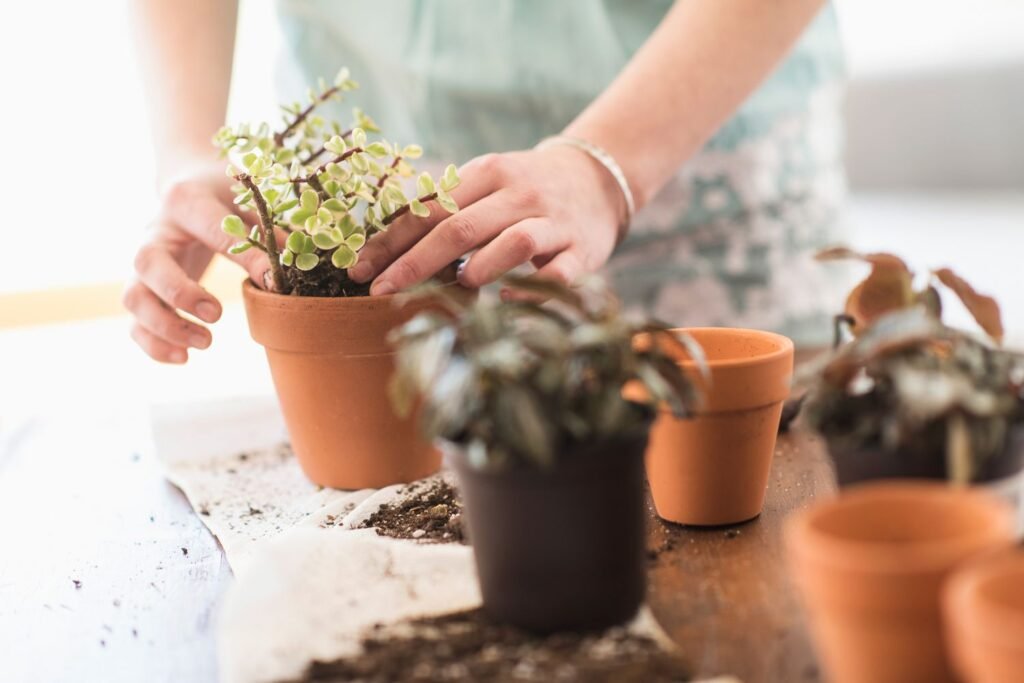
Next, gently remove the plant from its container and inspect the soil and root system. If the soil is waterlogged and the roots appear mushy or discolored, it’s a clear sign of root rot or fungal infection.
Examine the drainage holes at the bottom of the container to ensure they are not blocked, as poor drainage can contribute to overwatering issues.
Step 3: Remove Excess Soil and Trim
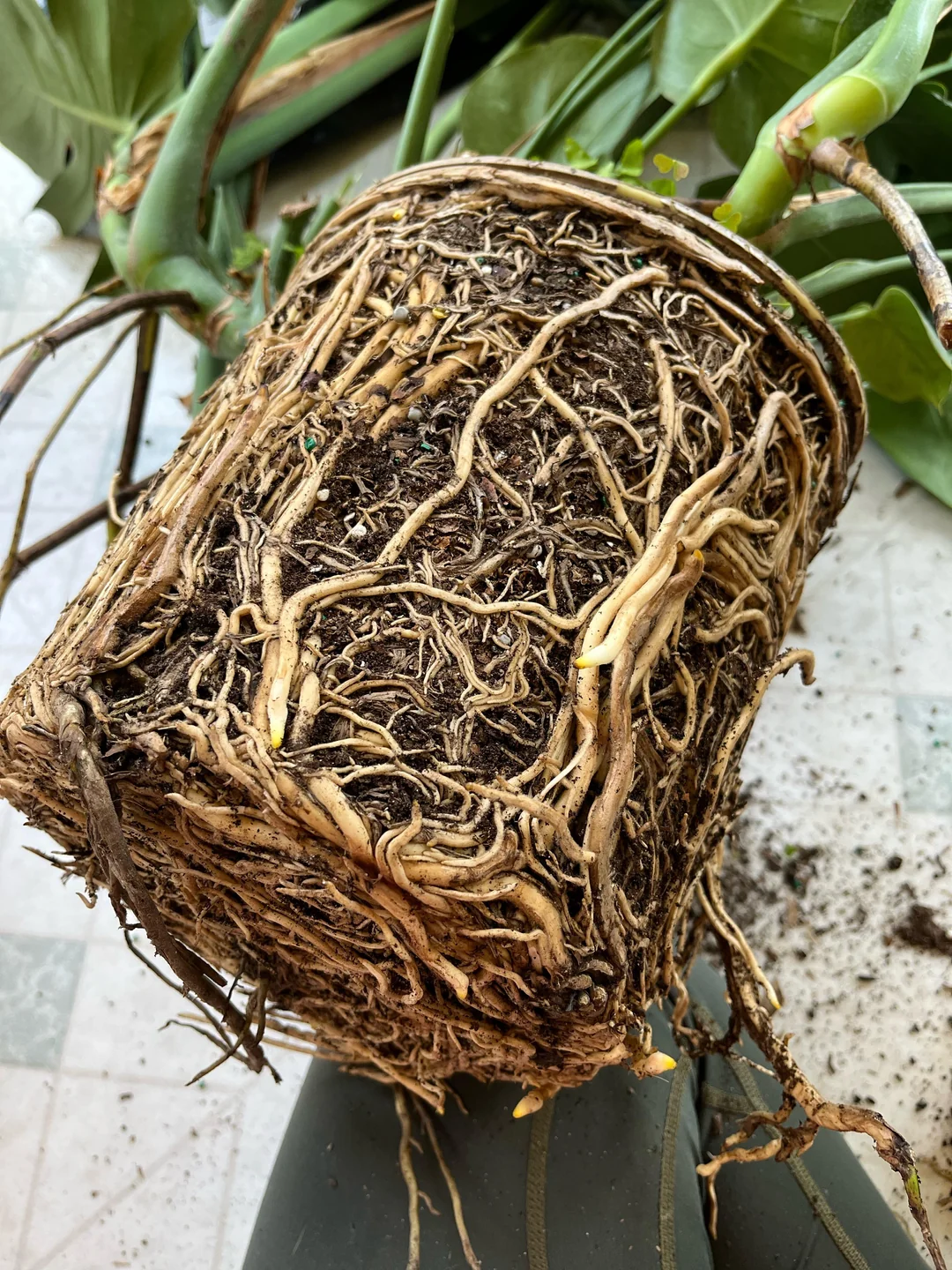
Damaged Roots If the soil is severely waterlogged and the roots show signs of damage, it’s essential to remove the excess soil and trim away any mushy, discolored, or rotting roots. Use a clean, sharp pair of pruners or scissors to snip off the affected roots, leaving only the healthy, firm roots intact.
Step 4: Prepare a Fresh Potting
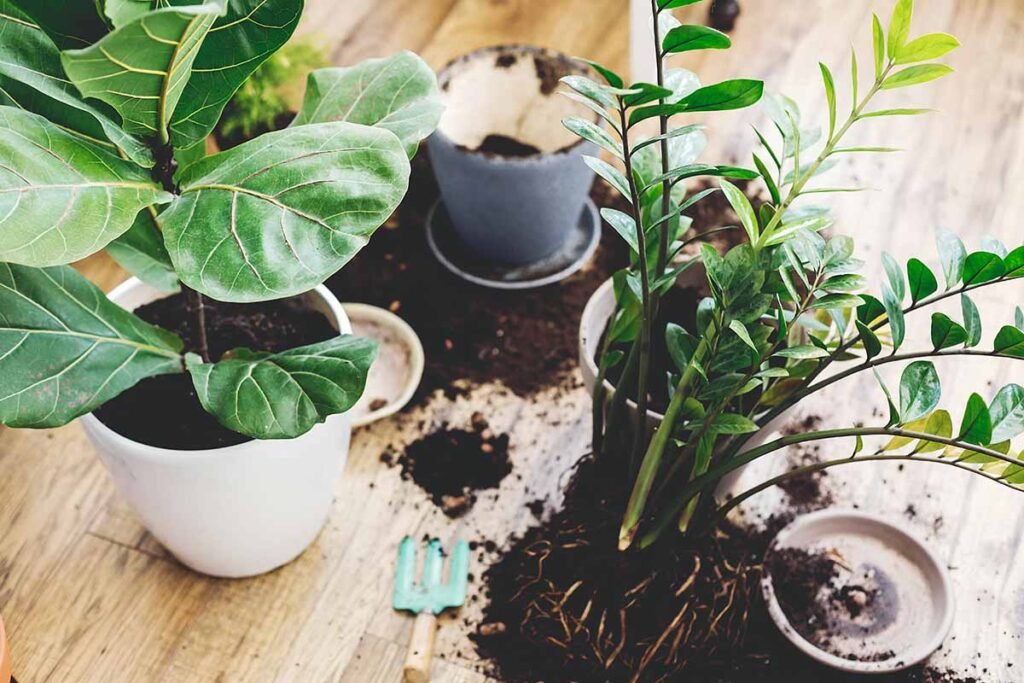
Mix While your plant is out of its container, take the opportunity to prepare a fresh, well-draining potting mix. A quality potting mix designed for houseplants will provide the right balance of moisture retention and aeration, ensuring your plant’s roots can breathe and thrive.
If you prefer to make your own potting mix, combine equal parts of perlite or vermiculite with peat moss or coconut coir to create a light, airy mixture that drains well.
Step 5: Repot Your Plant
Once you’ve trimmed away the damaged roots and prepared a fresh potting mix, it’s time to repot your houseplant. Choose a clean container with adequate drainage holes, and fill it with the new potting mix.
Gently place your plant in the container, ensuring the root system is spread out evenly. Fill in the gaps with more potting mix, leaving a small space at the top for watering.
Step 6: Provide Proper Drainage and Air Circulation

After repotting, ensure that the container has proper drainage by placing a saucer or tray underneath to catch any excess water that may drain out. This will prevent the soil from becoming waterlogged again.
Additionally, provide good air circulation around your plant by positioning it in a well-ventilated area or using a small fan to gently move the air around the foliage.
Step 7: Monitor and Adjust Watering Practices
Once your plant is repotted and in a suitable environment, it’s essential to monitor its progress and adjust your watering practices accordingly. Overwatered plants will take some time to recover, so be patient and allow the soil to dry out slightly between waterings.
Use the “finger test” to check the soil’s moisture level before watering. Insert your finger into the soil up to the second knuckle – if the soil feels dry, it’s time to water; if it’s still moist, hold off until the soil dries out a bit more.
Step 8: Provide Proper Light and Humidity
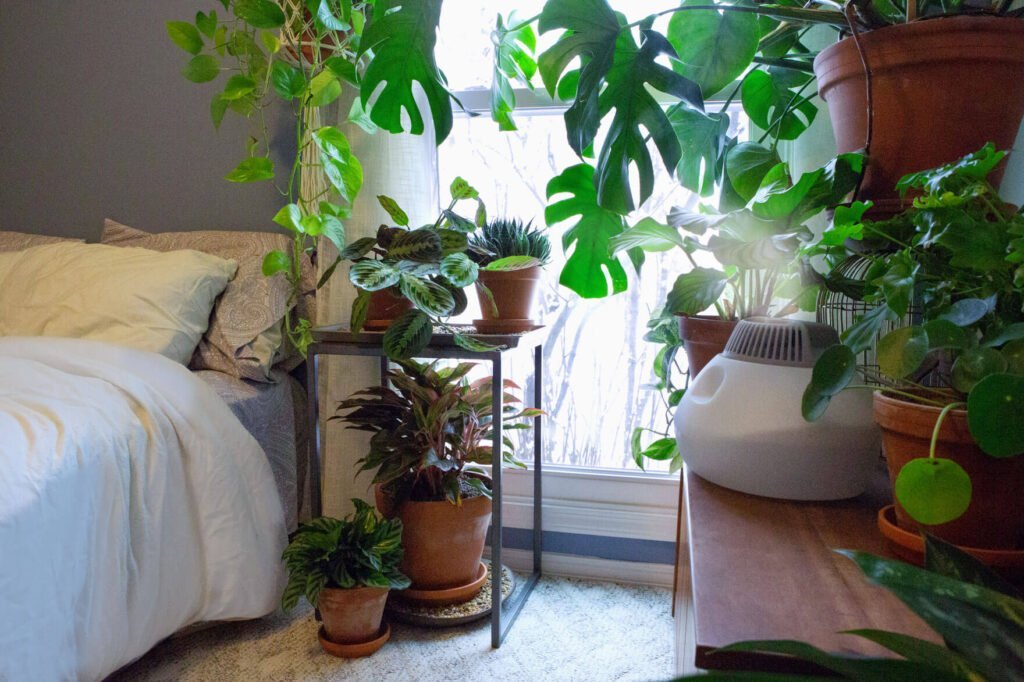
Overwatered plants may have suffered from a lack of oxygen and nutrient uptake, so it’s essential to provide them with the proper light and humidity levels to aid in their recovery.
Most houseplants thrive in bright, indirect sunlight, so position your plant accordingly. If the plant has been in low light conditions, gradually introduce it to brighter light to prevent shock or sunburn.
Adequate humidity levels can also help revive overwatered plants by promoting healthy leaf and root growth. Consider using a pebble tray, misting regularly, or investing in a humidifier if your indoor environment is particularly dry.
Step 9: Prune and Fertilize (if necessary)
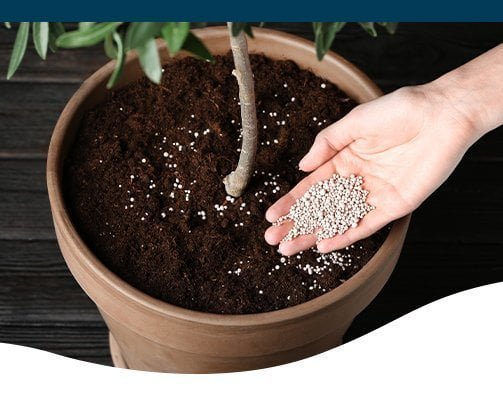
As your plant starts to recover, you may notice some yellowing or damaged leaves. Gently prune away these affected leaves to allow the plant to focus its energy on new growth.
Once your plant has regained its strength and shown signs of new growth, you can consider providing a gentle dose of balanced, water-soluble fertilizer to replenish any lost nutrients and support its ongoing recovery.
Step 10: Be Patient and Persevere
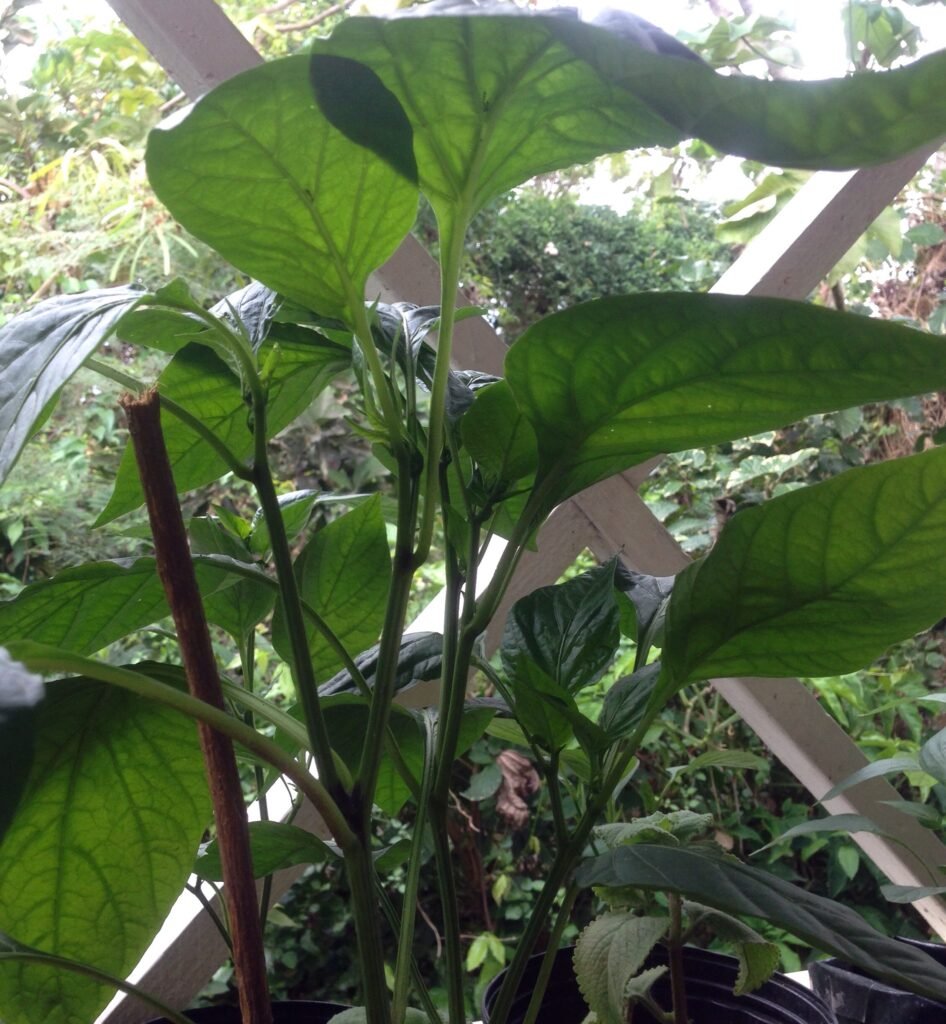
Reviving an overwatered houseplant can be a slow and gradual process, so it’s essential to exercise patience and perseverance. With the proper care and attention, many overwatered plants can bounce back and regain their vibrant, healthy appearance.
However, it’s important to be realistic – in some cases, severe root rot or prolonged waterlogging may have caused irreversible damage, making it impossible for the plant to recover fully. If your plant fails to show signs of improvement after several weeks of diligent care, it may be time to consider starting fresh with a new plant.
Remember, overwatering is a common mistake, but it’s one that can be corrected with the right knowledge and techniques. By following these steps and maintaining a watchful eye, you can save your overwatered houseplants and enjoy their beauty and companionship for years to come.
Pingback: How to Save Your Overwatered Houseplants : Comp...
Pingback: How to Grow and Care for French Hydrangeas Gardeners School
Pingback: Calathea Roseopicta Plant Care Guide: How to Grow This Beautiful Indoor Plant
Pingback: Guide to Growing the Beautiful Crown of Thorns Plant -
Pingback: Growing San Pedro Cactus: A Comprehensive Guide
Pingback: The Comprehensive Guide to Lemon Tree Growth Stages
Pingback: Flame Lily: A Comprehensive Guide to Growing and Caring
Pingback: Growing Plumeria Pudica: A Step-by-Step Guide
Pingback: Discover the 9 Best Mother of Thousands Varieties | Mother of Millions Types
Pingback: The Beauty of Hoya Plants : Care and Maintenance Tips
Pingback: Top 12 Non-Toxic and Low Maintenance Pet-Friendly Houseplants for Your Home - Gardener's School